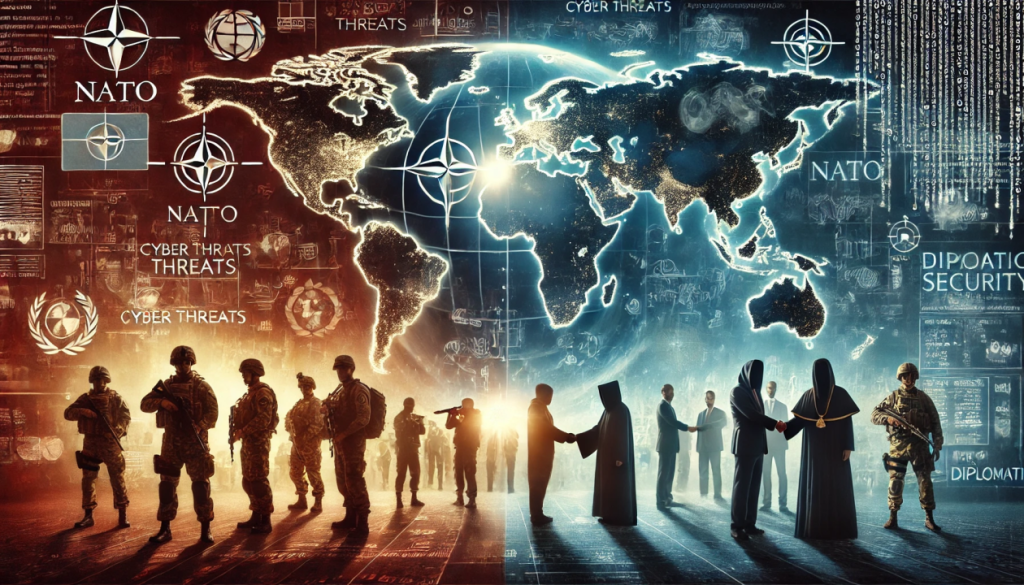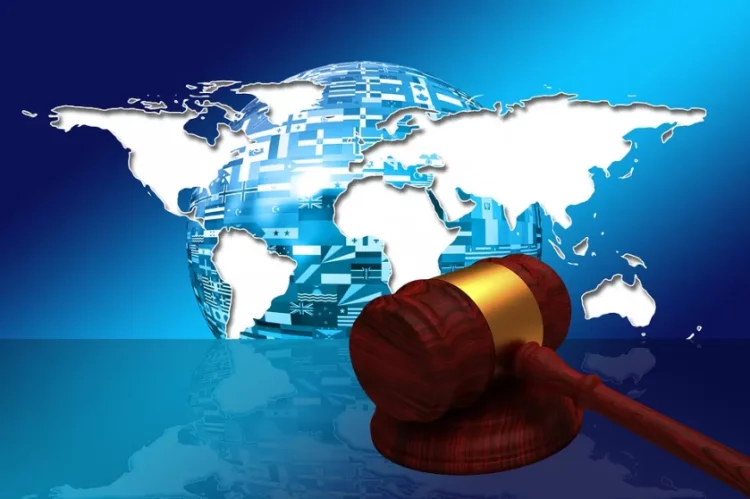Introduction
The 21st century marks a dramatic turning point in how wars are fought. For centuries, military conflict relied on armies, weapons, and territorial battles. The Cold War era introduced the concept of proxy wars, in which global powers waged indirect battles through regional conflicts.
Today, technology—spanning from the internet to artificial intelligence—has fundamentally reshaped the nature of conflict. Nations and non-state actors can now strike without deploying armies, launching cyberattacks, manipulating information, and contesting dominance in new domains such as space and data networks. This article explores how the transformation from proxy wars to cyber battles reflects the broader evolution of global conflict in the digital age.
1. From Conventional Warfare to Proxy Wars
1.1 Conventional Warfare in the Pre-Digital Era
Traditional warfare, from the Napoleonic Wars to World War II, relied on mass mobilization, direct battles, and the conquest of physical territory. Victory was often measured by land gained and casualties inflicted.
1.2 The Cold War and the Age of Proxy Wars
During the Cold War (1947–1991), superpowers avoided direct confrontation due to the risk of nuclear escalation. Instead, they backed opposing sides in regional conflicts, such as the Korean War, the Vietnam War, and various civil wars in Africa and Latin America. Proxy wars became a defining feature of 20th-century geopolitics.
1.3 Lessons from the Proxy Era
Proxy wars showed that influence could be expanded indirectly, using ideology, funding, and military aid rather than direct combat. This strategy laid the groundwork for later “remote” methods of conflict.
2. The Rise of Cyber and Hybrid Conflicts
2.1 The Digital Revolution
The spread of the internet in the late 20th century and the development of interconnected global systems created new vulnerabilities. States and non-state actors alike realized that control over information and networks could be as decisive as control over territory.
2.2 Cyberattacks as Modern Weapons
Cyberwarfare emerged as a low-cost, high-impact tool that can disrupt critical infrastructure, steal sensitive data, and manipulate public opinion without crossing physical borders.
2.3 Hybrid Warfare
Hybrid warfare blends conventional military force with cyber operations, economic coercion, disinformation campaigns, and the use of proxies. It erodes the distinction between wartime and peacetime, making it harder for nations to respond under traditional frameworks of international law.

3. Technology-Driven Conflict Case Studies
3.1 The Stuxnet Attack (2010)
Believed to be a joint effort by the U.S. and Israel, the Stuxnet virus targeted Iran’s nuclear facilities, damaging centrifuges without a single shot fired. It demonstrated the potential of cyber tools to achieve strategic objectives covertly.
3.2 Russia-Ukraine Hybrid Conflict
Even before the 2022 invasion, Russia used cyberattacks, propaganda, and disinformation to destabilize Ukraine and influence global opinion. The ongoing conflict combines traditional military operations with digital offensives against infrastructure and communications.
3.3 Election Interference and Information Wars
Cyber tools have been used to influence elections in democracies worldwide. Such activities blur the line between espionage and warfare, raising concerns about the security of political systems.
3.4 Space as a New Frontline
Competition over satellite networks and the militarization of space—such as the development of anti-satellite weapons—indicates that future conflicts may extend far beyond Earth’s surface.
4. Emerging Technologies Reshaping Conflict
- Artificial Intelligence (AI):
AI powers autonomous drones, predictive targeting systems, and real-time battlefield analysis, raising ethical and strategic dilemmas. - Big Data and Surveillance:
Massive data collection allows for unprecedented monitoring and predictive modeling of adversaries’ actions. - Quantum Computing:
Future breakthroughs could undermine current encryption systems, potentially upending cyber defense mechanisms. - 5G and the Internet of Things (IoT):
Expanding connectivity also multiplies vulnerabilities, as attacks on connected infrastructure can have cascading global impacts. - Biotechnology and Biosecurity:
Advances in genetic engineering raise concerns about novel biological threats in conflict scenarios.
5. The Global Challenge of Governing Technological Conflict
5.1 International Law Lagging Behind
Existing treaties, such as the Geneva Conventions, were designed for traditional warfare. They offer limited guidance on cyberattacks or AI-driven weapons.
5.2 The Need for Digital Arms Control
Global cooperation is required to set norms for the use of cyber tools, regulate autonomous weapons, and ensure accountability for attacks in the digital realm.
5.3 Building Resilient Infrastructure
Governments and private companies must invest in stronger cybersecurity, redundancy in critical systems, and public awareness to resist digital manipulation.
5.4 Role of Multilateral Institutions
Organizations like the United Nations and regional security alliances need to adapt to the new realities of conflict by developing mechanisms for rapid information sharing, joint defense, and crisis response.
6. Looking Ahead: The Future of Global Conflict
- Blurring of Frontlines:
Conflicts will continue to occur in the “gray zone” between war and peace, leveraging cyber, economic, and technological tools. - Non-State Actors Rising:
Hackers, tech companies, and private militias could become as influential as states in future conflicts. - Data as a Strategic Resource:
Control over data and digital infrastructure will be as crucial as control over oil or territory in earlier eras. - Ethics and Human Security:
Balancing innovation with the protection of civilian populations will be a central challenge.
Conclusion
The transformation from proxy wars to cyber battles reflects a deeper shift in global conflict dynamics—one where power is increasingly measured in technological capability rather than sheer military strength.
While these changes create new vulnerabilities, they also present opportunities for diplomacy, innovation, and global cooperation. By establishing ethical norms, strengthening international law, and investing in resilience, the world can mitigate the risks of a technology-driven era of conflict and harness innovation for peace rather than war.
















































